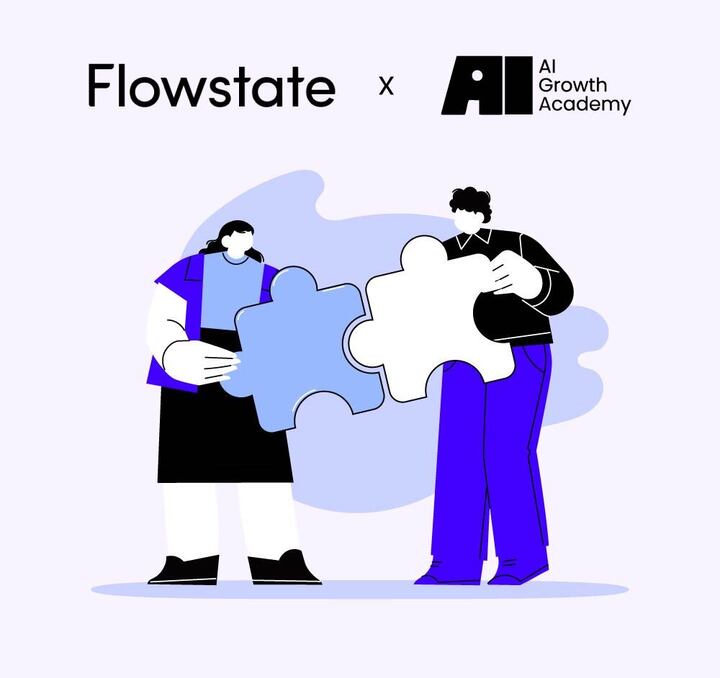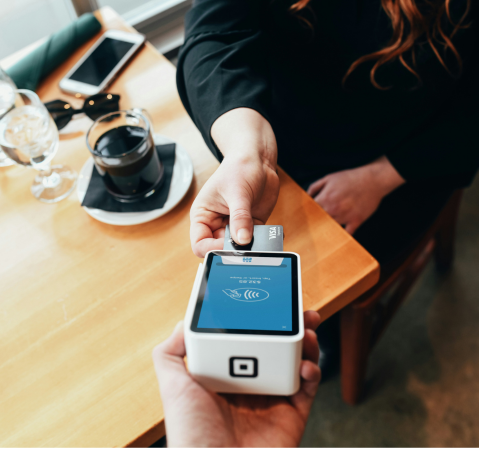
Transactional Emails: How to engage your customers
Many marketing and communications professionals find difficulty when it comes to email communication. Too many emails and customers switch off, lose interest or unsubscribe; too few emails and customers cease to engage with your product or service. There is, however, a sweet spot, which digital marketers are coming to discover: transactional emails. If you’re a business owner or communications officer and new to transactional emails, this definitive guide is for you. We’ll take you through the basics of what transactional emails are, how they differ from traditional marketing emails, the rules and regulations surrounding them in an Australian context, and some of the time-and-tested templates proven to engage clientele. Following that, we’ll show you how Flowstate can help your organisation get the most out of transactional emails regarding clickthrough, conversion, and loyalty.
What is a Transactional Email
Transactional emails are all about the transactions your customers undertake on your website. Individualised and specific, transactional emails document and confirm customers of their activity. They might be purchasing a product; in which case, a transactional email will send them confirmation of their purchase or a reminder email if they’ve abandoned their cart. They might have already purchased a product, prompting a transactional email about their order and its current status (e.g., leaving the warehouse, in transit, and so on). Otherwise, transactional emails might be sent to customers creating a new account, confirming an email address or resetting a password.
Transactional Emails vs Marketing Emails
Transactional emails are all about processing individual customer requests and activities. They are usually targeted and sent out to individuals only. By contrast, marketing emails, or promotional emails, are about advertising products and services and are usually sent out to many people via a mailing list.
Sometimes, the boundary between transactional emails and marketing emails is vague. For instance, a cart abandonment email is both a transactional email (in that it is a reminder of an existing transaction) and a promotional email (in that it encourages you to buy a product). Similarly, you might provide an order confirmation email to customers who have just bought a product from your website and in that email, you might provide a promotional code that allows your customer to spend more for less. Generally speaking, it’s okay to toe the line here. However, if you’re not careful, there are some instances where you might get into legal and financial trouble by breaching Australian emailing and spam laws.
Rules and Regulations around Transactional Emails
Australia has some fairly strict rules and regulations surrounding how and when your organisation can send emails to its customers. In most instances, customers are required to give consent to receive promotional or marketing emails. Emails must contain both contact details for the organisation and a working unsubscribe link.
Transactional emails typically fall outside of the jurisdiction of Australian spam laws since they do not constitute emails with commercial intent. Furthermore, transactional emails do not require the customer’s consent since they act as a type of receipt or confirmation of their own activity. Considering this, transactional emails are not strictly permitted to have promotional content nested within them because any reference to buying more products would class it as commercial in nature. Gmail recommends that businesses use two distinct email or IP addresses when sending transactional emails and marketing emails, as it will help the software distinguish relevant transactional material from spam. However, it is possible to get the best of both worlds with some clever design.
Transactional Email Template Tips
Transactional emails are designed differently depending on their purpose. We’ll take you through a few basic templates which you might like to use in your organisation, along with some design advice for each.
Welcome Emails
Welcome emails provide official documentation of a customer signing up for a product, service or subscription. They are a great way to establish an initial relationship with new customers, as there is an expectation that they will be sent after customers create an account for the first time. As such, it’s important that you make a good first impression. A smart way to achieve this is by showcasing your best products or services to the customer upfront before offering them a unique incentive or discount. Generally, it’s okay to provide some commercial content here.
Technical/Password reset
Since technical and password reset emails are goal-directed, it’s best to keep them as simple as possible. Leave out any miscellaneous details on selling your products and services, as these will only distract from the user’s goal of resetting their password. The more comprehensible this process for the customer, the better they will feel about using your platforms.
Order Confirmation
Order confirmation emails are important on three levels. Firstly, they act as receipts of purchase for the customer. Secondly, they inform the customer of how long they can expect to wait for product delivery. Finally, they serve as an opportunity to upsell your products and services, specifically as a result of the customer’s initial transaction. Ideally, order confirmation emails would thus be clear in their presentation of financial and logistical information, and they would include some form of promotion as a reward for the customer.
Shipping Update Emails
Shipping update emails are similar to order confirmation emails, providing useful information about customer purchases and delivery times. Customers expect to be contacted with shipping update emails, making them an important way to allay customer anxieties, strengthen the trustworthiness of your brand and upsell related products and promotions when appropriate.
Conclusion
Do you want to get the most out of your transactional emails? Head over to Flowstate today to design, curate and implement your transactional email strategy. Tailor your welcome emails, password resets, order confirmations and shipping updates with one of Australia’s best new digital marketing agencies, and see the results in your return on investment. Take a look at some of the growth and engagement we’ve created for a diverse mix of organisations, and while you’re at it, check out some of the other types of email services we provide. Reach out today to make the most of your customer engagement and to help your company command their online presence.









